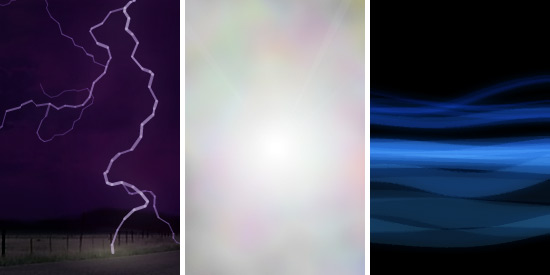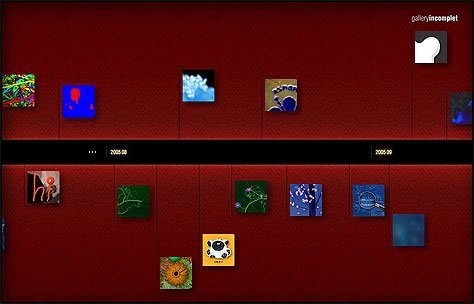I’m going to keep a little log going on the blog to track what has been updated or added to Gallery Incomplet. [Note: Moved to incomplet.gskinner.com] This should help keep me motivated to continue updating it, and keep readers informed about my ongoing experimentation (because much of it won’t be blogged here on a real-time basis). Because of the holidays, I’m going to post the December log now.
Updates:
– Made the pod shadows dynamic based on y position (was previously always a 45 degree drop shadow)
– Added logic to track viewed items between visits using LSOs. Previously viewed items will now be displayed with a folded corner
– Minor updates to loading and transitions
Additions:
– Fluids. Playing with fluid simulation in a psuedo 3d environment.
– Clouds/Fog. Using multiple layers of perlin noise to simulate moving through clouds or fog.
– Transcendence. Building on clouds, transcend this mortal plane.
– LightningStrike. Dynamically generated lightning, thunder and lighting effects.
– ElectricJellyfish. Not quite sure where this is going, but it’s kind of neat.

Go to incomplet.org to view the Flash experiments. [Note: Moved to incomplet.gskinner.com]

